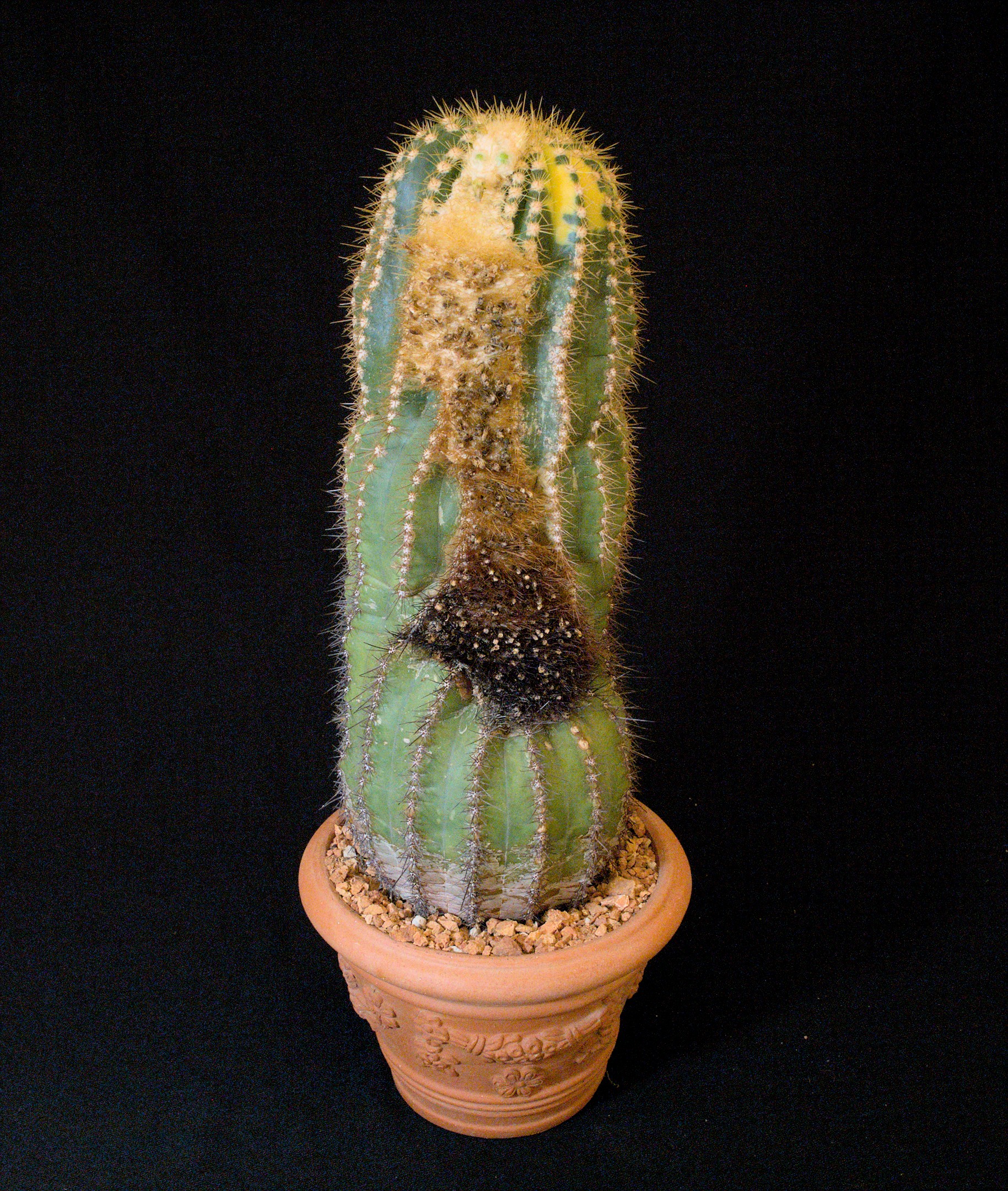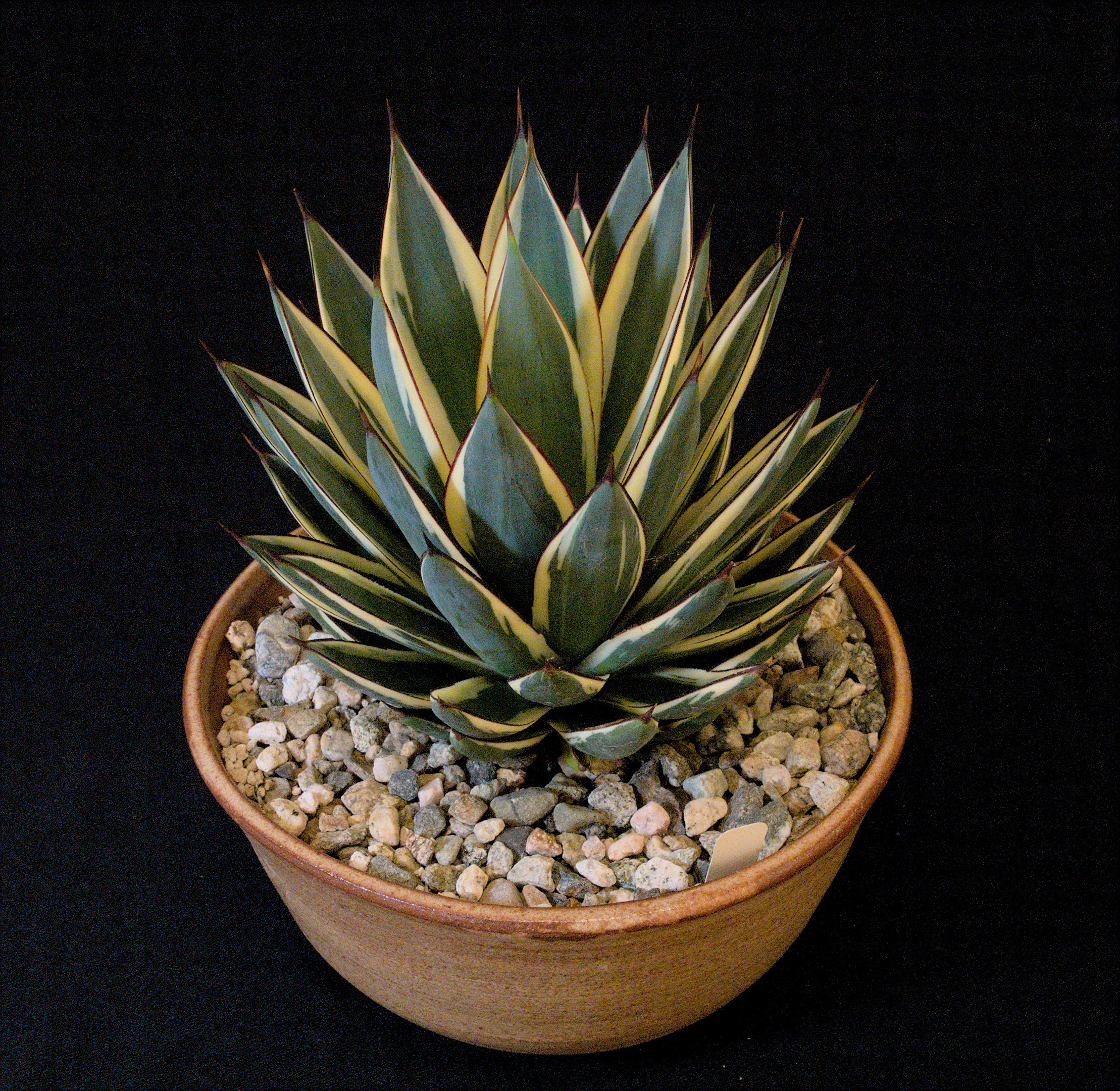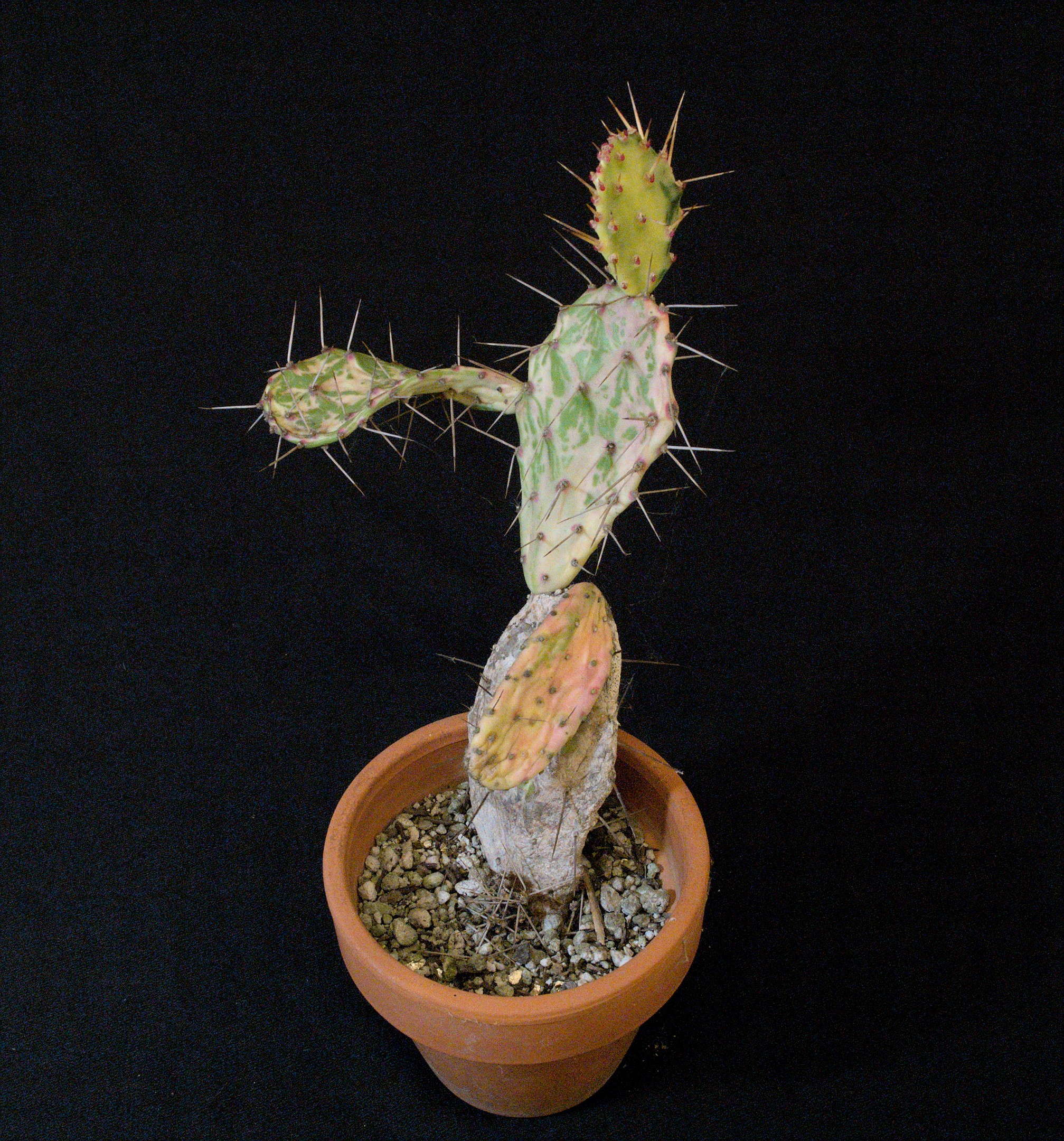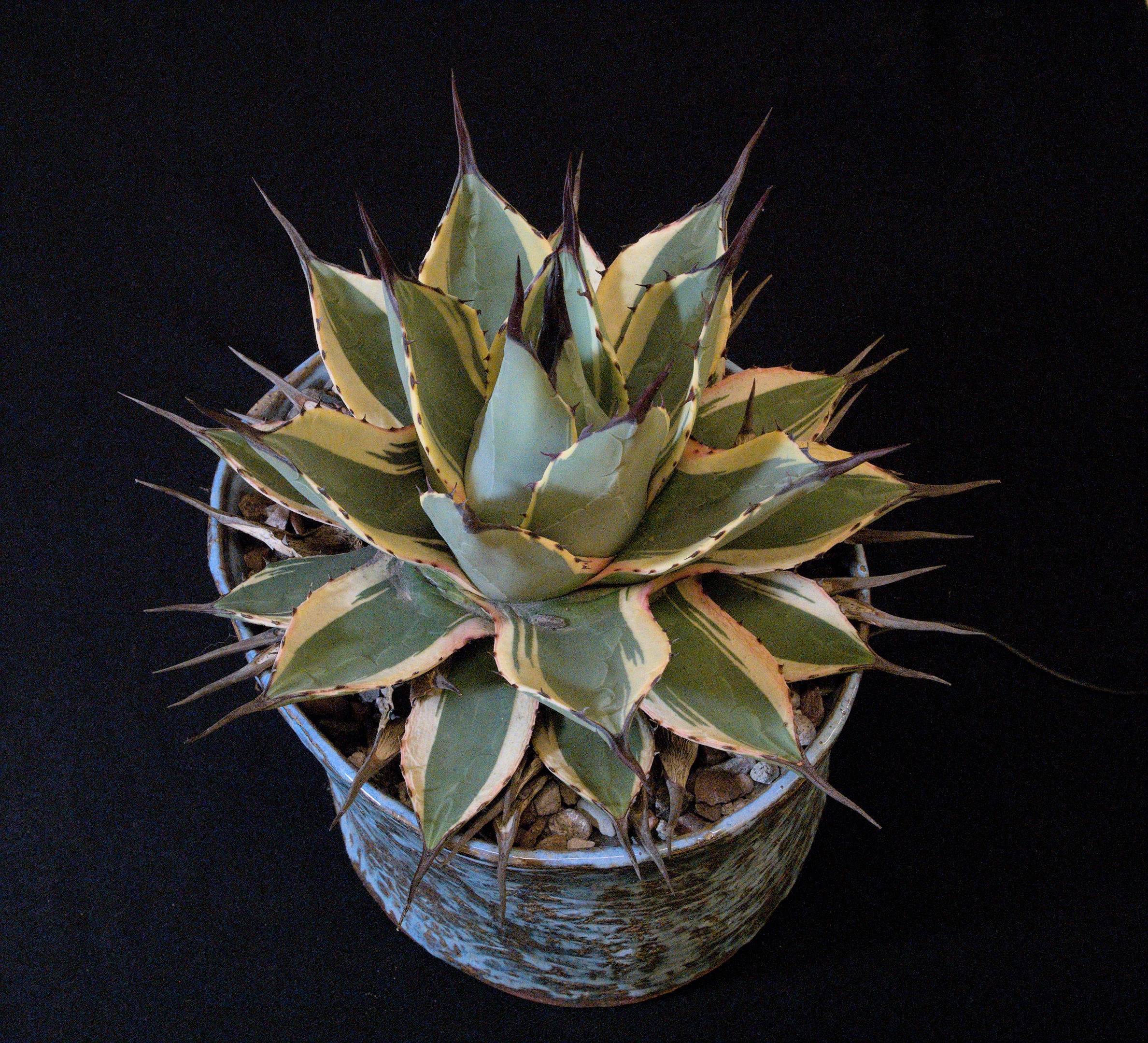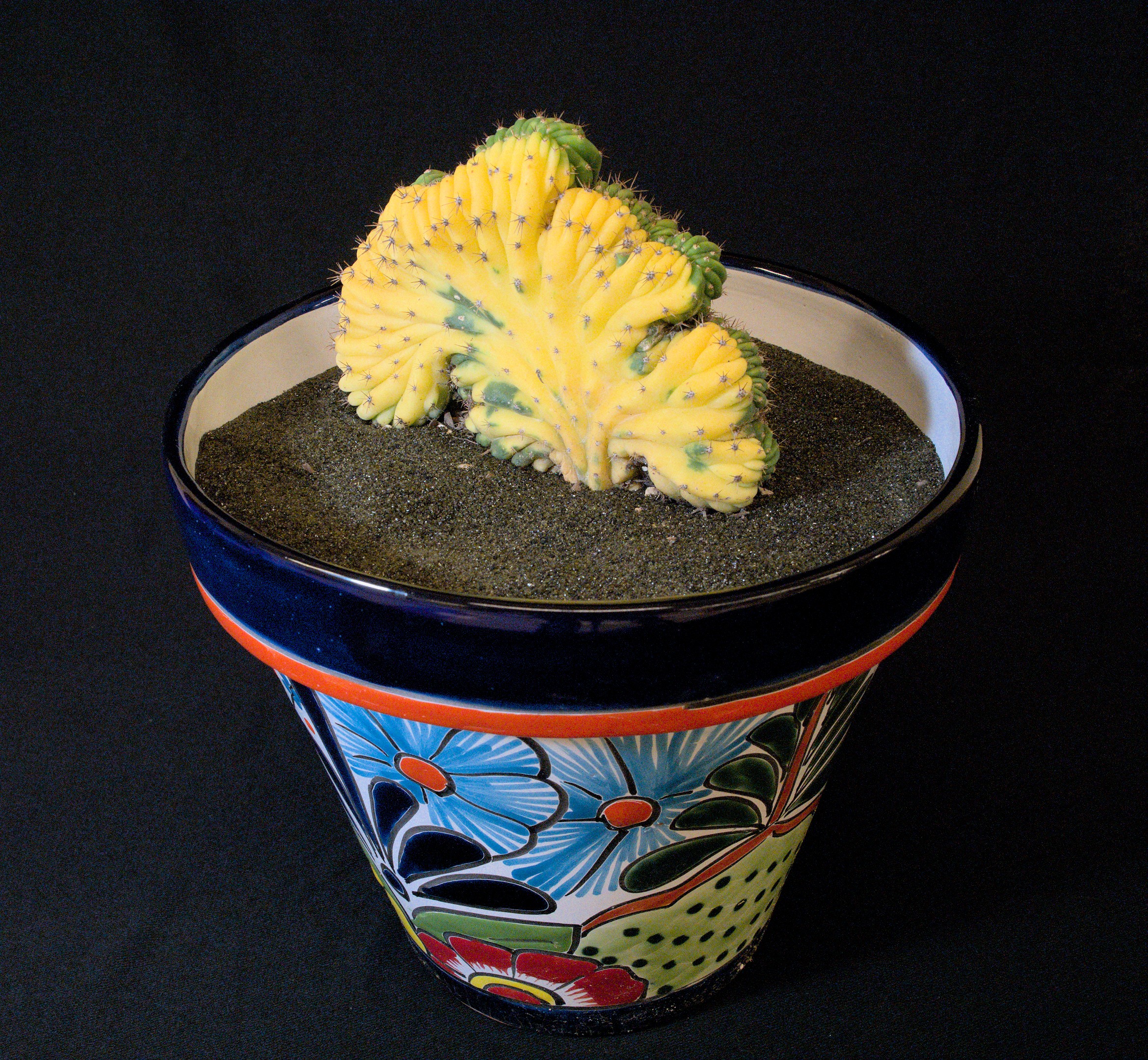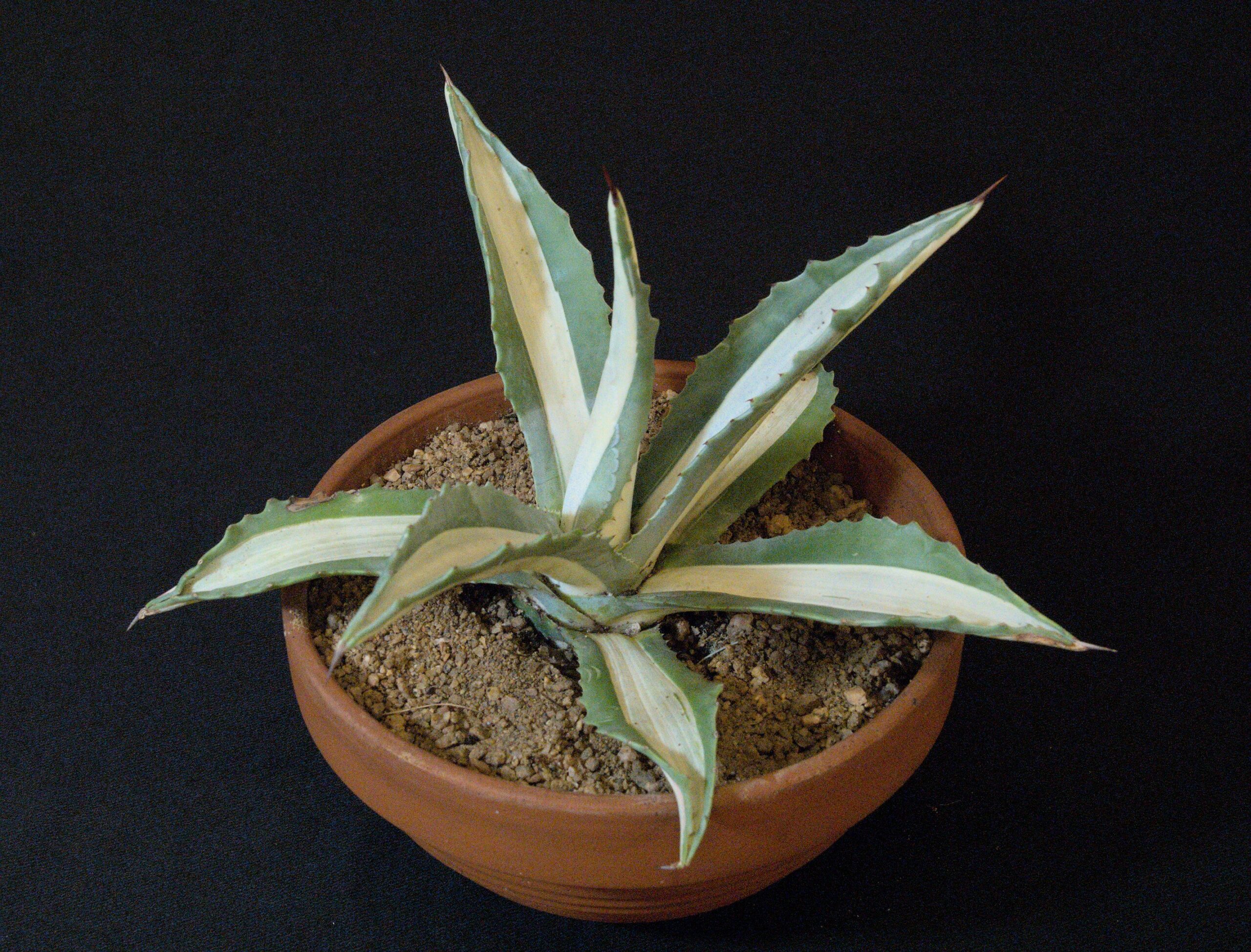Mini-Show Results September 11, 2022
Cactus of the Month: Variegated Cactus.
Succulent of the Month: Variegated Succulent.
Photography by: Mike Short
Results submitted by: Terri Straub
Open Cactus
1st: Gary Duke – Coleocephalocereus aureus
2nd: Gary Duke – Ferocactus wislizenii
2nd: Maria Capaldo – Gymnocalycium ‘Redcap’
3rd: Gary Duke – Mammillaria hahniana
3rd: Phyllis DeCrescenzo – Opuntia monacantha
Open Succulent
1st: Jim Gardner – Agave ‘Snow Glow’
2nd: Jim Gardner – Euphorbia lactea
2nd: Gary Duke – Euphorbia lactea cristata
3rd: Maria Capaldo – Aloe nobilis
3rd: Phyllis DeCrescenzo – Agave potatorum
3rd: Phyllis DeCrescenzo – Aloe brevifolia
Intermediate Cactus
1st: Bernard Johnson – Opuntia
Intermediate Succulent
1st: Bernard Johnson – Agave applanata ‘Cream Spike’
2nd: Bernard Johnson – Agave lophantha quadricolor
3rd: Bernard Johnson – Crassula perforata
Novice Cactus
1st: Vincent Darmali – Myrtillocactus geometrizans cristatus
2nd: Braulio Mena – Neobuxbaumia polylopha
3rd: Vincent Darmali – Echinopsis chamaecereus variegata
Novice Succulent
1st: Martha Bjerke – Agave americana var. medio-picta ‘Alba’
2nd: Diane Cottrell – Euphorbia lactea
3rd: Gloria Diaz – Euphorbia ammak
LATIN LOOKUP – Loquerisne Latine (Do you speak Latin)?
The meanings of latin plant names on this page – from https://davesgarden.com/guides/botanary/
- Agave [a-GAH-vee]
Noble, handsome. - Aloe [AL-oh]
From the Arabic Alloeh. - americana [a-mer-ih-KAY-na, a-mer-ih-KAH-na]
Of the Americas. - ammak [AM-mak]
A local Arabian vernacular name for the Euphorbia species. - applanata [ap-plan-AY-tuh]
Flattened. - aureus [AW-re-us]
Golden flower. - brevifolia [brev-ee-FOH-lee-uh]
Short leaves. - chamaecereus [kam-ay-KER-ee-us, kam-ay-SER-ee-us]
From the Greek chamai (ground) and cereus (wax candle, torch). - Coleocephalocereus [koh-lee-oh-sef-uh-loh-KER-ee-us, koh-lee-oh-kef-uh-loh-SER-ee-us]
From the Greek koleos (sheath), kephale (head) and cereus (cactus). - Crassula [KRASS-oo-la, KRASS-uh-la]
Somewhat thickened foliage; diminutive of the Latin crassus (thick, fleshy). - cristata [kris-TAY-tuh]
Crested. - cristatus [kris-TAY-tus]
Crested. - Echinopsis [ek-in-OP-sis]
From the Greek echinos (sea urchin or hedgehog) and opsis (like), referring to the plant’s resemblance to sea urchins. - Euphorbia [yoo-FOR-bee-uh]
Named for Euphorbus, Greek physician to Juba II, King of Mauretania. - Ferocactus [fer-oh-KAK-tus]
From the Latin ferus, (fierce) and cactus, referring to its heavy spines. - geometrizans [jee-oh-MET-rih-zans]
Geometric; having markings in a formal pattern. - Gymnocalycium [jim-no-kal-LISS-ee-um]
From the Greek gymnos (naked) and kalyx (covering; calyx); the flower buds are naked. - hahniana [hahn-ee-AY-na, hahn-ee-AH-na]
Named for Hahn; the specific honoree is unknown. - lactea [lak-TAY-uh]
Milky. - lophantha [low-FAN-tha]
Crested flower. - Mammillaria [mam-mil-AR-ee-uh]
Nipple- or teat-like. - medio [MED-ee-oh]
Centre, middle. - monacantha [mon-ah-KANTH-uh]
From the Greek monos (one, only) and akantha (thorn, spine). - Myrtillocactus [mir-til-oh-KAK-tus]
From the Greek myrtillus (small myrtle) and cactus; referring to the myrtle-like fruits. - Neobuxbaumia [nee-oh-buks-BAWM-ee-uh]
Named for Franz Buxbaum, 20th century Austrian botanist; neo (new) to differentiate it from the Buxbaumia genus discovered by Johann Christian Buxbaum in the 1700s. - nobilis [NO-bil-iss, no-BIL-iss]
1. Notable, showy.
2. Named for David Noble, who discovered Wollemia nobilis. - Opuntia [op-UN-shee-a, op-UN-tee-a]
Named after Opus (Greece), an area where other cactus-like plants were grown. - perforata [per-for-AY-tuh]
Perforated, punctured. - picta [PIK-tuh]
Painted, variegated. - polylopha [pol-ee-LOH-fuh]
Many-crested. - potatorum [poh-tuh-TOR-um]
Of drinkers; referring to a plant’s use in brewing beer. - quadricolor [KWAD-ri-kol-or]
Four colored. - variegata [var-ee-GAY-tuh]
Variegated. - wislizenii [wis-liz-EN-ee-eye]
Named for Frederick Adolf Wislizenus, 19th century German physician and amateur botanist who collected in the southwestern U.S..
